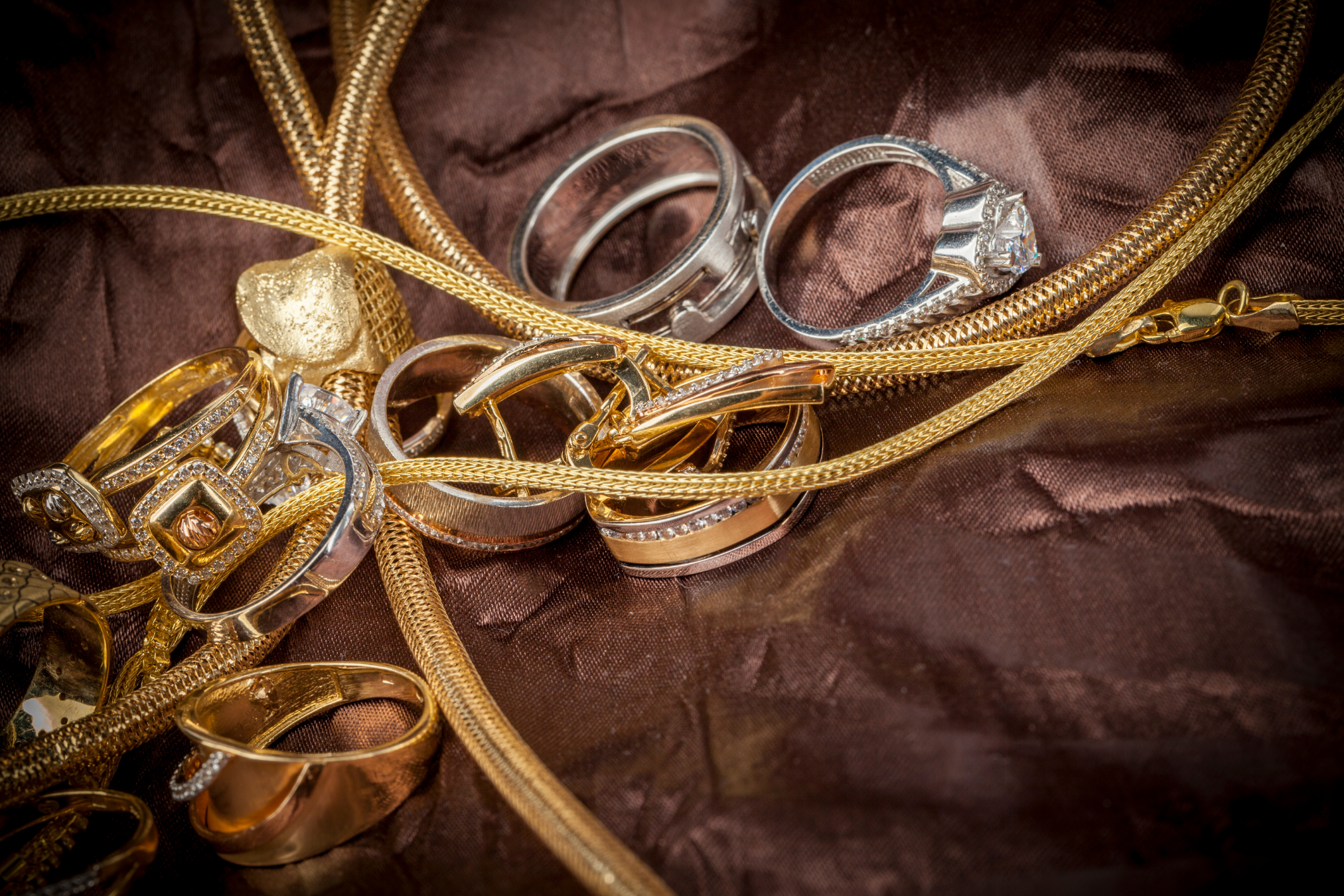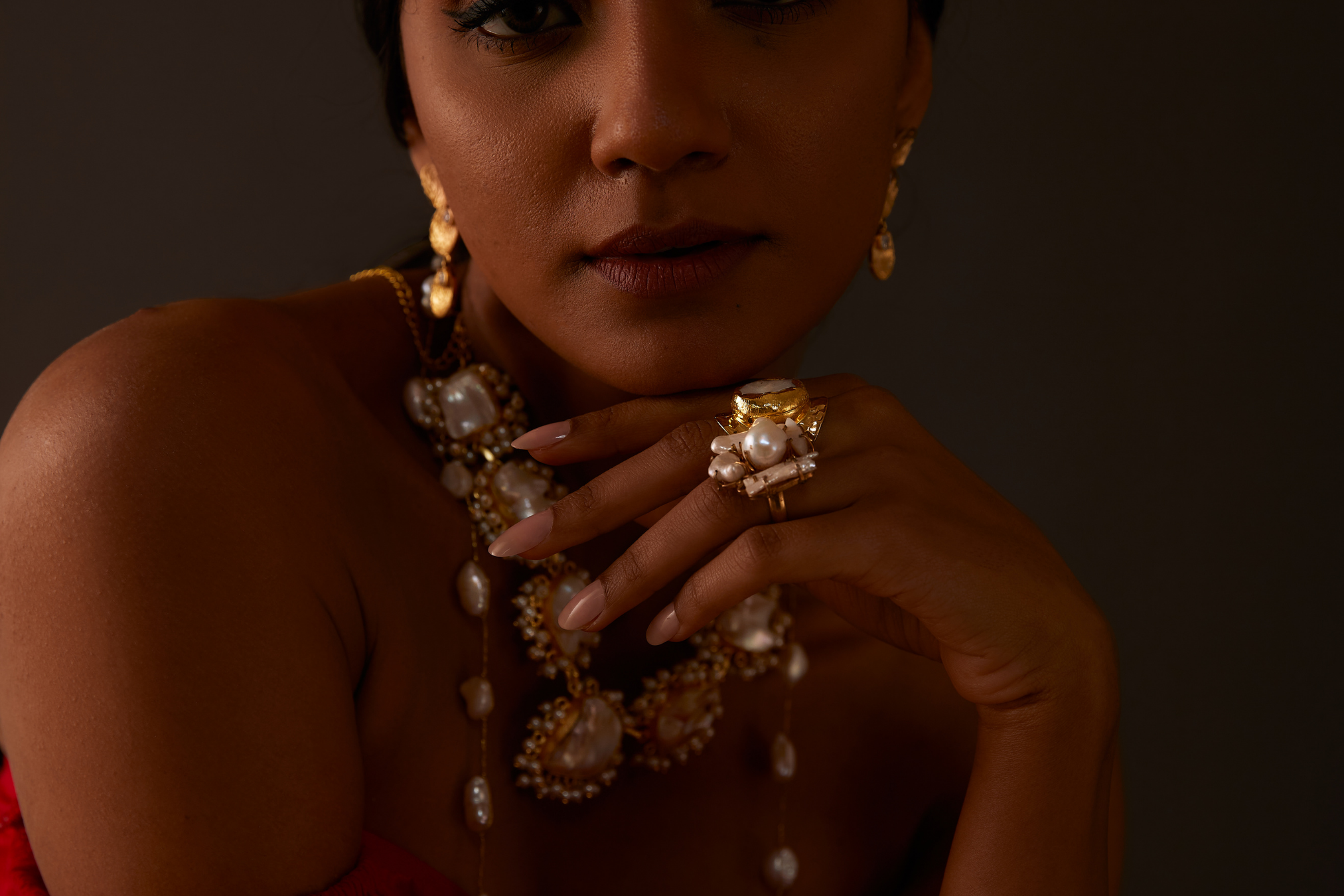
Harmonizing Brilliance: Jewelry Design Through the Art and Science of Metal Mixing
Over the ages, the field of jewelry design has changed, and to create unique and engaging items, artists and makers have been pushing the bounds of convention. The creative fusion of several metals in jewelry is one such style that has grown in popularity recently. Combining different metals is more than just a matter of taste; it shows imagination, adaptability, and the capacity to produce works that are philosophically and aesthetically complex. This investigation explores the realm of metal blending in jewelry, revealing the creative freedom it grants jewelry designers, the cultural importance of the pairings, and the science underlying them.
The Scientific Basis of Metal Mixing:
In the past, jewelry was frequently made of just one metal, such as platinum, silver, or gold. But as jewelry design aesthetics developed, so did the demand for greater complexity and variation. Understanding the qualities, hues, and traits of various metals is necessary for the art of mixing metals to produce compositions that are aesthetically pleasing and harmonious.
- Contrast and Color Scheme:
- Different metals have unique finishes and colors. For a dramatic contrast, gold's warm, rich tones can be used with chilly metals like platinum or silver.
- Rose gold, a combination of copper and gold, adds a gentle pink tone that allows you to experiment with more subdued color schemes.
- Finish and Texture:
- Metals can have a variety of finishes, such as hammered, matte, or high-polish. A piece gains depth and visual appeal when metals with various textures are combined.
- For example, a combination of brushed silver and high-polish gold produces a dramatic dance of light and shadow.
- Resilience and Resistance to Wear:
- Certain metals are by nature stronger and more wear-resistant than others. The piece will last longer if metals with comparable hardness levels are combined.
- For example, combining platinum, which is renowned for its durability, with gold can result in a design that is robust and long-lasting.
- Alloy Mixtures:
- Alloys are mixtures of two or more metals that are used to make jewelry. Different alloy combinations can produce distinctive hues and characteristics.
- The warm, inviting tone that is produced by combining brass and silver opens us design options for retro or bohemian styles.
Significance and Symbolism in Culture:
Combining different metals in jewelry creation can have deeper cultural and symbolic connotations in addition to being a design decision. Certain metals have special meaning in various cultures and customs, and the deliberate combination of different metals can reveal fascinating details.
- Symbolism within Culture:
- Gold is frequently connected to riches, prosperity, and heavenly qualities in a wide range of civilizations. Conversely, silver may be associated with moon symbolism and purity.
- A item that incorporates both gold and silver could represent a beautiful harmony between worldly prosperity and spiritual purity.
- Contemporary Versatility:
- By combining different metals, designers are able to defy convention and produce pieces that appeal to contemporary tastes.
- Contrary to customary rules, contemporary designs frequently incorporate unusual combinations, such as platinum and titanium or gold and stainless steel.
- Customization and Uniqueness:
- Combining different metals enables people to express their distinct preferences and tastes while adding a personalized touch.
- For instance, couples may decide on wedding bands that blend many metals to represent the blending of their separate lives into a happy union.
- Cultural Legacy:
- Certain designs incorporate metals that have particular meaning in a given culture or tradition, drawing inspiration from cultural history.
- For example, the use of gold and turquoise in jewelry may have its roots in Native American jewelry customs, where turquoise is valued for its mystical qualities.
Artistic Freedom in Design:
When designing jewelry, combining several metals allows us an unmatched degree of creative freedom. Designers are able to play around with different components to produce visually arresting and philosophically significant creations.
- Establishing Contrast:
- Metals placed next to one another can produce striking visual effects. A dramatic contrast is produced when a bright, shiny metal like gold is combined with a dark metal like blackened silver.
- The way that light and shadow interact gives the design more depth and dimension.
- Stacking & Layering:
- Combining different metals enables the development of stacked and layered patterns. Stacking necklaces, bracelets, or rings made of several metals can create a stylish and eye-catching effect.
- Additionally, layering offers the chance to use several components—like charms or birthstones—each connected to a different metal to tell a tale.
- Using Stones in Your Designs:
- The visual impact of a work is enhanced when mixed metals are combined with gemstones. Gemstones can clash or blend in with the metals to provide an alluring whole look.
- For instance, emeralds and yellow gold or sapphires and white gold combine to create a striking and opulent look.
- Personalization and Expression of Self:
- Combining different metals enables a great deal of personalization. People can work with designers to produce items that express their individuality and sense of style.
- You can personalize each piece by adding important symbols, initials, or engravings to make them truly represent the wearer.
Popular Metal Combinations:
- Gold and Silver:
- It's a timeless combination to bring out the warmth of gold and the calm tones of silver. This combination is elegant and adaptable, fitting for both professional and informal settings.
- Gold and Rose Gold:
- The romantic and contemporary touch is added by combining classic gold with a delicate blush of rose gold. This combination is very well-liked for use in modern wedding jewelry.
- White gold and platinum:
- A smooth and elegant appearance can be achieved by combining platinum, which is prized for its strength, and white color, with white gold. The classic appeal of this combo makes it popular.
- Brass with yellow gold:
- Brass and yellow gold work together to produce a cozy, retro-inspired look. In bohemian or eclectic decor, this combination is frequently utilized.
- Silver tarnished with yellow gold:
- A striking and edgy appearance is produced by the contrast between bright yellow gold and tarnished or corroded silver. This combination is frequently observed in cutting-edge and contemporary designs.
A large selection of exquisite gold necklaces, pendants, earrings, and other items are available at Charlie & Co. Explore a world of 14k gold jewelry that offers free shipping, a sophisticated presentation inside each gift box, and the perfect balance of quality and cost.


